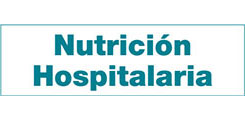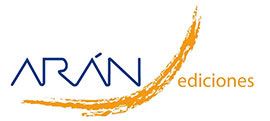Trabajo Original
Association between adductor pollicis muscle thickness and nutritional parameters in hospitalized elderly patients
Carla Helena Augustin Schwanke, Thamiris De Cristho Dorneles, Raquel Milani El Kik
 Número de descargas:
7227
Número de descargas:
7227
 Número de visitas:
10568
Número de visitas:
10568
 Citas:
6
Citas:
6
Compártelo:
Introduction: the measurement of the adductor pollicis muscle thickness (APMT) has been investigated as an anthropometric parameter; however, there are few studies related to hospitalized elderly patients.Objective: to analyze the association between APMT and nutritional parameters in hospitalized elderly patients.Method: cross-sectional study made in 331 hospitalized elderly patients. The following variables have been assessed: APMT, Mini Nutritional Assessment® (MNA®), body mass index (BMI), arm circumference (AC), calf circumference (CC) and handgrip strength (HGS).Results: the mean age was 78.4 ± 9.7 years and 56.8% were women. The women had showed APMT mean values significantly lower than the men (12.67 ± 4.13 mm vs 15.26 ± 4.01 mm), as well as the elderly patients ≥ 80 years old showed APMT values lower than the younger patients (12.62 ± 4.38 mm vs 14.83 ± 3.90 mm). In relation to the APMT classification, the women were more frequently below P5 than the men (89.9% vs 37.1%). In the univariate analysis, the mean values of APMT were significantly lower in the malnourished elderly patients (MNA®), thinness (BMI), AC < 21 cm, CC < 31 and HGS < P5, regardless of gender. In the multivariate analysis, APMT remained as a factor independently associated with all nutritional indicators, even when adjusted to age and gender.Conclusion: APMT has associated with all the nutritional parameters investigated, regardless of gender and age, reinforcing its applicability in the nutritional assessment of elderly people.
Palabras Clave:
Artículos más populares
Revisión: Inteligencia artificial generativa ChatGPT en nutrición clínica: avances y desafíos
ChatGPT y otras herramientas de inteligencia artif...
Revisión: Suplementación con micronutrientes y sus beneficios: ¿por qué y cuándo?
Introducción: los micronutrientes participan en la...
-
Licencia creative commons: Open Access bajo la licencia Creative Commons 4.0 CC BY-NC-SA
https://creativecommons.org/licenses/by-nc-sa/4.0/legalcode




